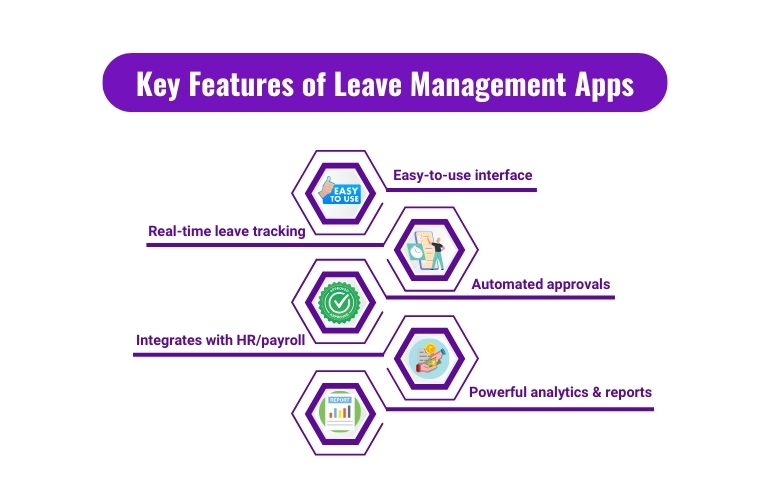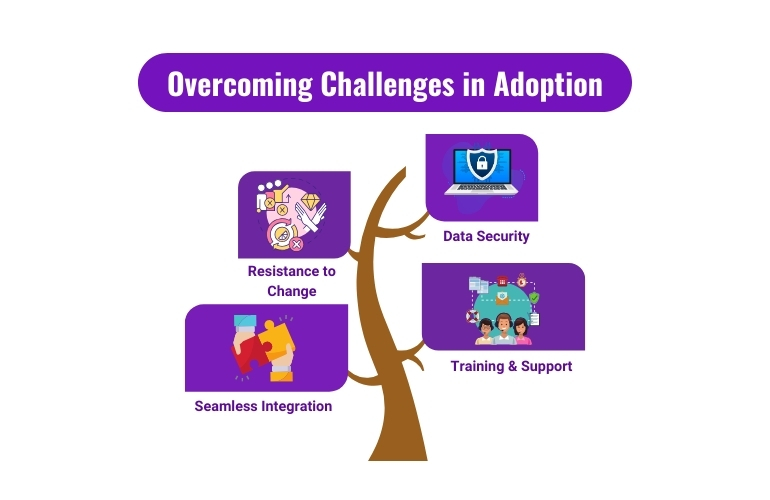Managing employee leave has traditionally been a cumbersome process in India, filled with paperwork, delays, and inefficiencies. However, the scenario is rapidly changing. The digital transformation of HR processes is ushering in a new era of efficiency and transparency, with leave management apps leading the charge. These innovative solutions are revolutionizing how businesses handle leave requests, approvals, and tracking, making the process seamless and paperless.
The Challenges of Traditional Leave Management
Traditional leave management methods are fraught with challenges that can significantly hamper productivity and employee satisfaction.
- Manual paperwork and its inefficiencies: Paper-based leave management is slow and error-prone. Every leave request involves filling out forms, getting multiple approvals, and updating records manually.
- Common errors and inaccuracies: Human errors are inevitable in manual processes, leading to incorrect leave balances and miscommunications.
- Lack of real-time visibility for employees and managers: Employees often have to wait to know the status of their leave requests, and managers struggle with a lack of instant access to accurate leave data.
- Difficulty in maintaining compliance and record-keeping: Keeping track of all leave records and ensuring compliance with labor laws can be daunting.
The Shift to Digital: Why India is Embracing Leave Management Apps
The adoption of leave management apps is accelerating across India, driven by several key factors.
- Increasing adoption of HR technology: Businesses are increasingly turning to HR tech solutions to streamline their operations and improve efficiency.
- Benefits of digital leave management for businesses and employees: Digital solutions offer real-time access to leave data, automated workflows, and seamless integrations, benefiting both employers and employees.
- How the pandemic accelerated the need for digital solutions: The shift to remote work during the pandemic highlighted the need for efficient, digital leave management systems.
Key Features of Effective Leave Management Apps
Modern leave management apps come equipped with features designed to address the specific needs of businesses.
- User-friendly interfaces for easy navigation: Intuitive designs ensure that both employees and managers can use the app without extensive training.
- Real-time leave balance and history tracking: Employees can check their leave balances and history instantly, and managers can access up-to-date information at any time.
- Automated workflows for approvals and notifications: Leave requests are routed automatically to the appropriate approvers, reducing delays and errors.
- Seamless integration with other HR and payroll systems: Integration with existing systems ensures a unified approach to HR management.
- Robust analytics and reporting capabilities: Detailed analytics help businesses track leave trends, manage workforce availability, and make informed decisions.
Real-World Benefits of Going Paperless
Switching to a paperless leave management system brings tangible benefits.
- Improved efficiency and productivity in HR departments: Automated processes save time and reduce administrative burdens.
- Enhanced employee satisfaction and engagement: Transparency and quick approvals lead to higher employee morale and engagement.
- Better compliance with labor laws and company policies: Digital records ensure accurate tracking and easy access for compliance audits.
- Cost savings through reduced administrative overhead: Eliminating paper-based processes cuts costs and streamlines operations.
Overcoming Common Challenges in Adoption
While the benefits are clear, some challenges need to be addressed for successful adoption.
- Addressing resistance to change within organizations: Change management strategies and clear communication can help overcome resistance.
- Ensuring data security and privacy: Robust security measures and compliance with data protection regulations are crucial.
- Smooth integration with existing systems and processes: Careful planning and support from the solution provider ensure seamless integration.
- Training and support for employees and managers: Comprehensive training programs help users get the most out of the new system.
The Future of Leave Management in India
The future of leave management in India is promising, with emerging trends set to enhance the capabilities of these apps further.
- Emerging trends in HR technology: AI, predictive analytics, and machine learning are poised to revolutionize leave management.
- Potential future developments in leave management solutions: Innovations like mobile accessibility, enhanced reporting, and AI-driven insights are on the horizon.
- The broader impact on workplace culture and employee well-being: Efficient leave management contributes to a positive work culture and improved employee well-being.
Conclusion
The shift from paperwork to paperless leave management offers numerous advantages, including increased efficiency, better compliance, and enhanced employee satisfaction. As businesses in India embrace this digital transformation, leading solutions are paving the way for a more efficient and engaged workforce. Among these solutions, emerging leave management apps with additional HR modules are making a significant impact, simplifying processes and driving productivity. It’s time for businesses to take the leap and embrace the future of leave management.






